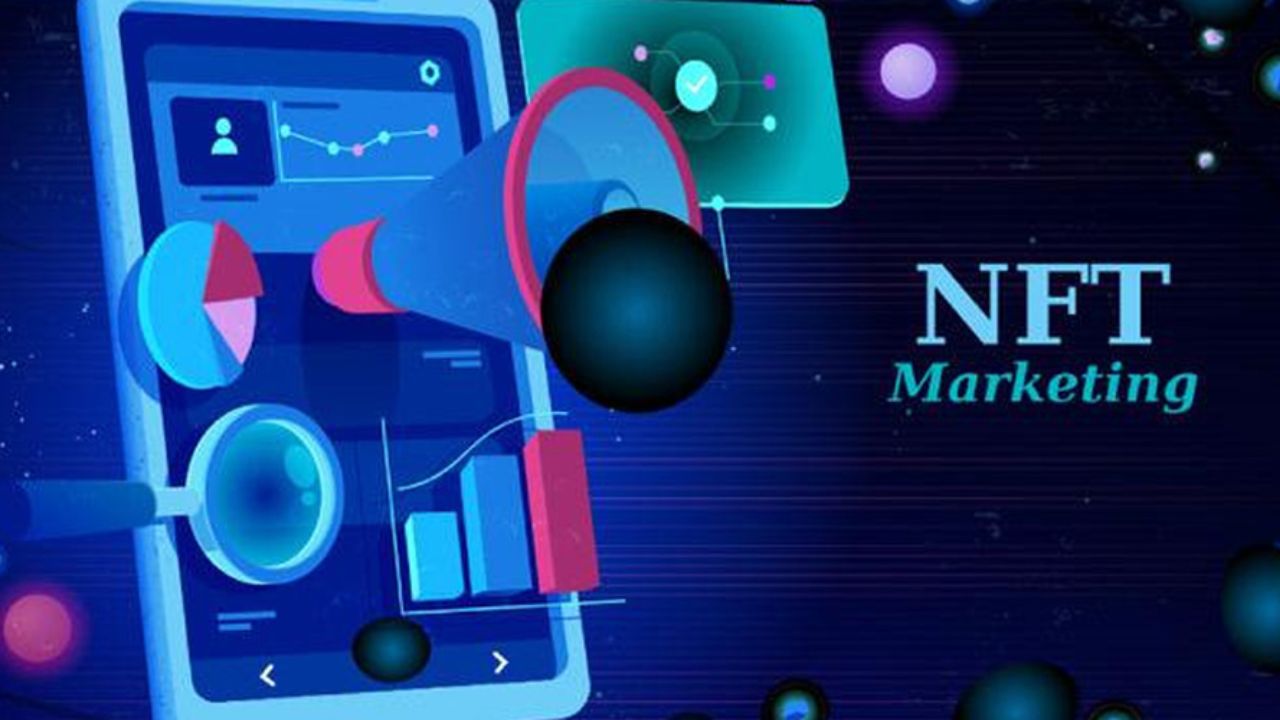
Pros and Cons of NFTs
Due to the negative impact that economies worldwide have suffered due to the pandemic, everything related to blockchain, cryptocurrencies, and crypto-assets has generated great curiosity and popularity among its users and individuals. It has been observed that the degree of acceptance that this type of digital proposal is generating is increasing, and the impact on large corporations has led them to allocate part of their capital to investments in crypto assets.
An NFT is a non-fungible token that holds data on the blockchain and can be sold and traded. NFTs can be associated with any type of media, such as photos, videos, artwork, music, audio files, or gaming code. One of the unique features of an NFT is that it can’t be broken down into smaller units. However, an NFT can represent the fractional ownership of an asset.
Pros of NFT Marketing
NFTs and their increasing demand have got many brands and creative advertising agencies aiming for it. But it is important to know the advantages that it brings to the table and how it can be beneficial.
Ownership – NFTs don’t have a designated owner because they are unique entities. They don’t adhere to conventional property ownership norms. This indicates that they are interchangeable while retaining their originality. Furthermore, NFTs attain the utmost level of transparency because blockchain technology is used in their creation and transaction. This transparency stops dishonest and corrupt activities.
Immutability – If NFTs’ legitimacy is verified on the blockchain, they cannot be altered or substituted in any way. Authenticity acquires a real, external value in addition to its intrinsic value.
Marketplace Efficiency – NFTs have the ability to increase market efficiency, which is one of their most obvious advantages. Processes can be streamlined, intermediaries can be eliminated, supply chains can be improved, and trading security can be strengthened by converting physical assets to digital ones. NFTs are simple to authenticate, and once their legitimacy has been verified on the blockchain, they cannot be altered. Furthermore, NFTs have given artists access to a brand-new market where they may sell directly to collectors and earn royalties upon every subsequent sale.
Powered by Smart Contracts – The core of blockchain technology, smart contracts, enable automatic executions in response to specific situations. An investor’s digital ownership of a specific asset is more secure when a transaction is made via blockchain technology. In addition, blockchain ensures transparency throughout.
An Investment Portfolio – NFTs are distinct from conventional assets like equities and bonds. As previously said, NFTs have special characteristics and provide perks. However, the risk profile of the NFT is quite different from that of other asset classes. Therefore, by including NFTs in an investment portfolio, one can boost its effectiveness and obtain a better risk/return balance.
Cons of NFT Marketing
Successful utilisation of NFTs cannot be done unless marketers also understand the flip side of the coin. Let’s have a look at the disadvantages as well.
NFTs are Volatile – The NFTs are still in the initial stage of development. They are largely viewed as some kind of asset rather than a technical display of ownership strategy. They are not fully understood since the market is still new, and their prospective buying and selling sector is similarly small. They are therefore more difficult to trade. Furthermore, inaccuracy, in general, might cause an NFT’s value to deflate or inflate. As a result, they are seen as volatile and illiquid.
Energy Consuming – The Ethereum network widely supports non-fungible tokens and operates on the energy-intensive “proof of work” mechanism. The amount of electricity used by one NFT transaction is equivalent to what a typical home would use in a day and a half. The impact this does on the environment has been the subject of an ongoing dispute.
Possibility of Fraud – Although a blockchain’s integrity cannot be disputed, scams and fraudsters could still exist in the system. In fact, recently, a number of artists have claimed that they were unaware that their work was being sold as NFTs on online marketplaces. The goal of utilizing NFTs to promote the sale of art is flagrantly violated by this. The value proposition of the NFT is that it uses a special token to authenticate actual works of art, ensuring that whoever possesses the token also owns the genuine piece of artwork.
Therefore, it is extremely problematic to create an electronic copy of the original work, tie it to a token, and sell it on online marketplaces. Once it is for sale, there is no longer any link to the original work, and thus the token is associated with a fraudulent version.
Ethereum (ETH) is a Must – Since the majority of NFT sales take place on the Ethereum network, marketers often require Ether (ETH), the cryptocurrency used by the blockchain, to purchase digital artwork. If investors wish to buy digital assets using fiat currency like the US dollar, they might not have many alternatives.



